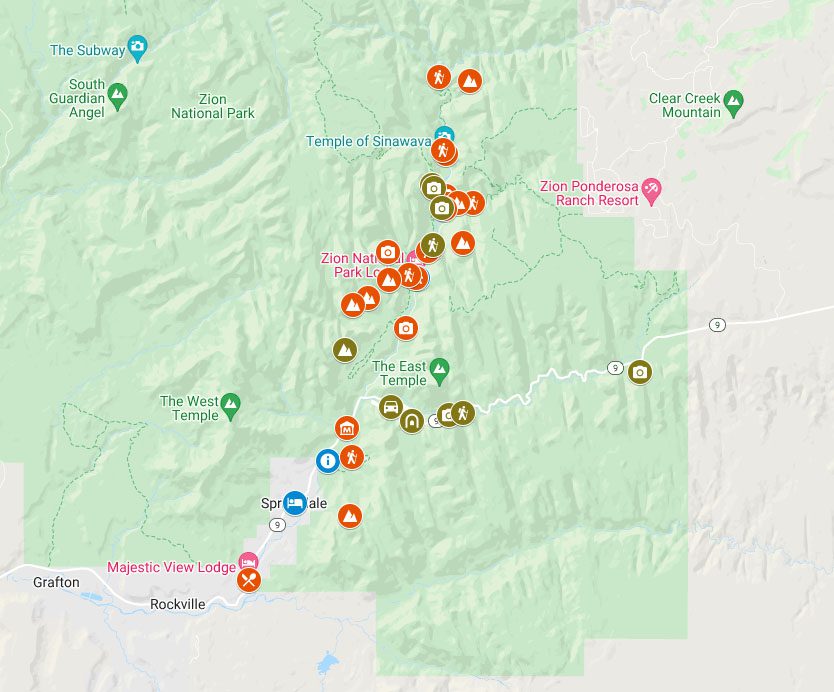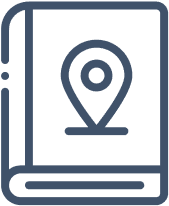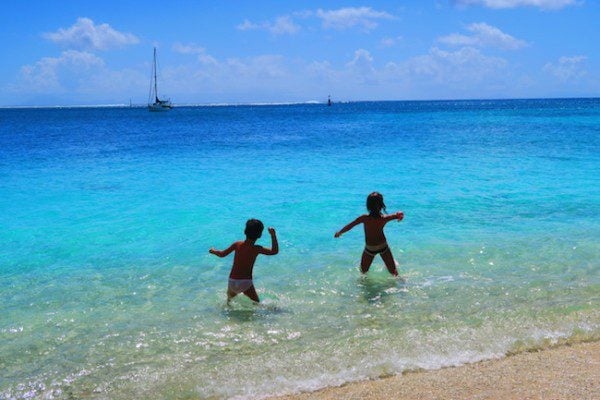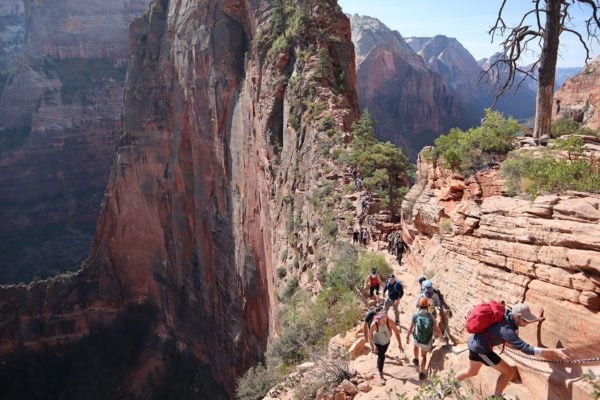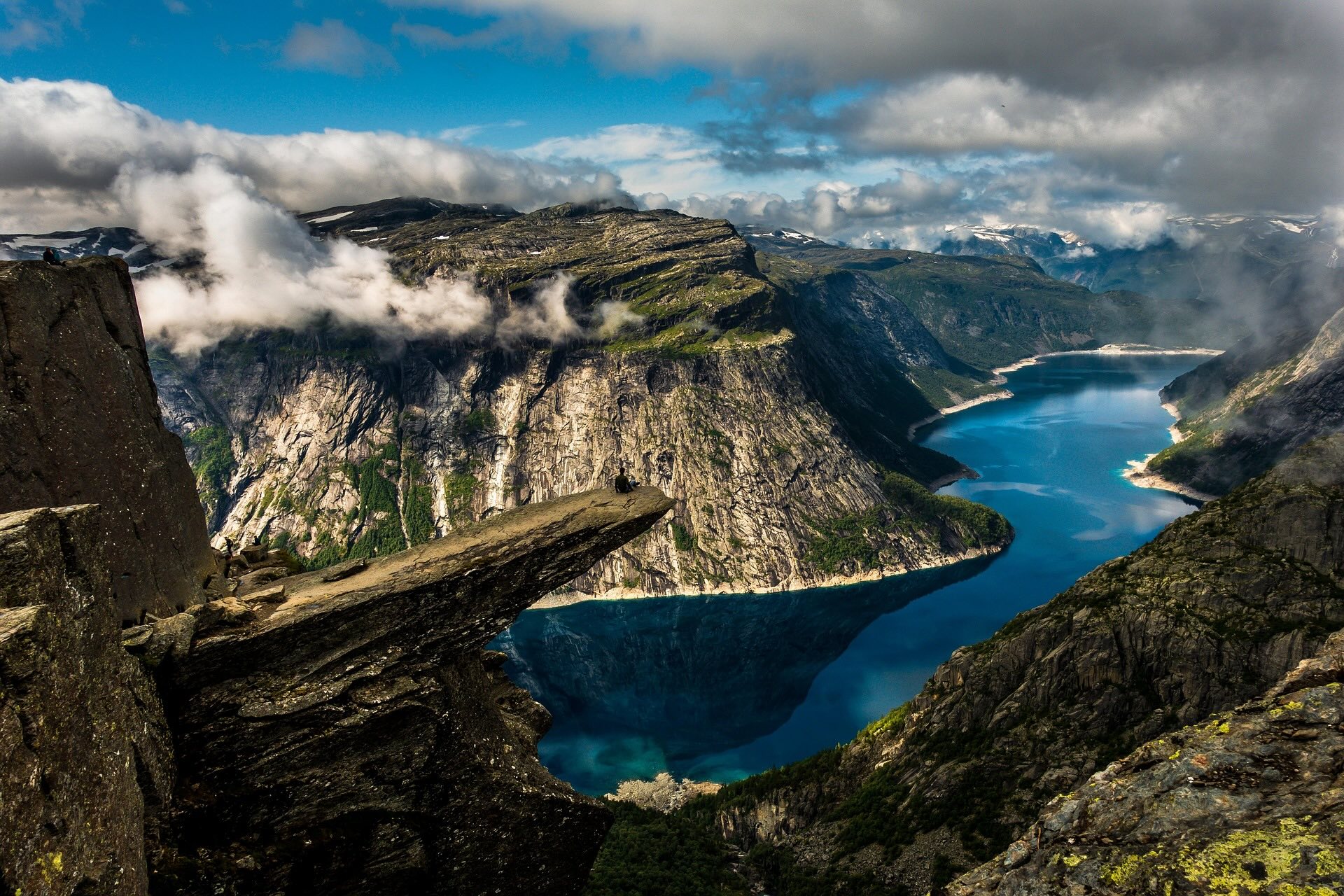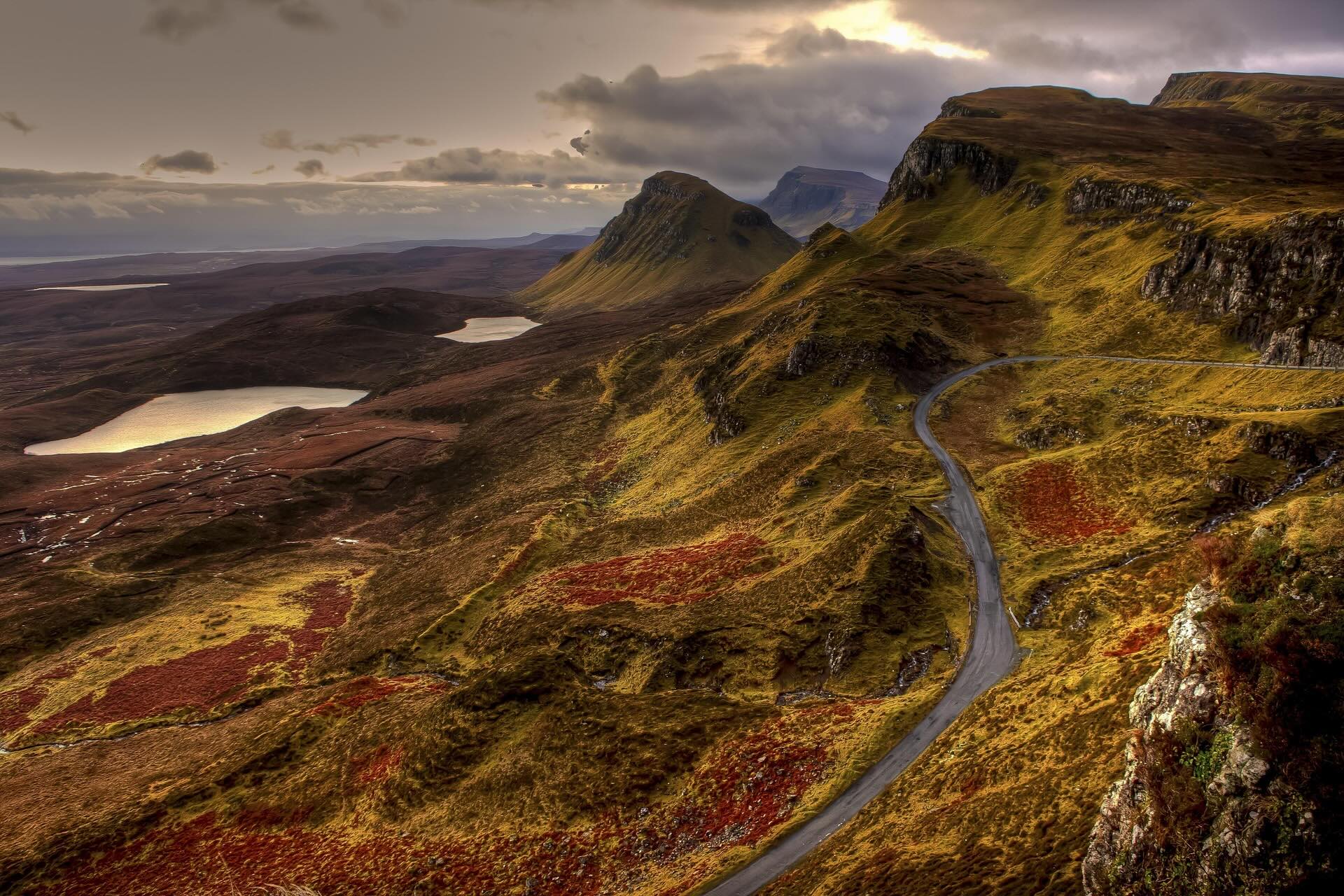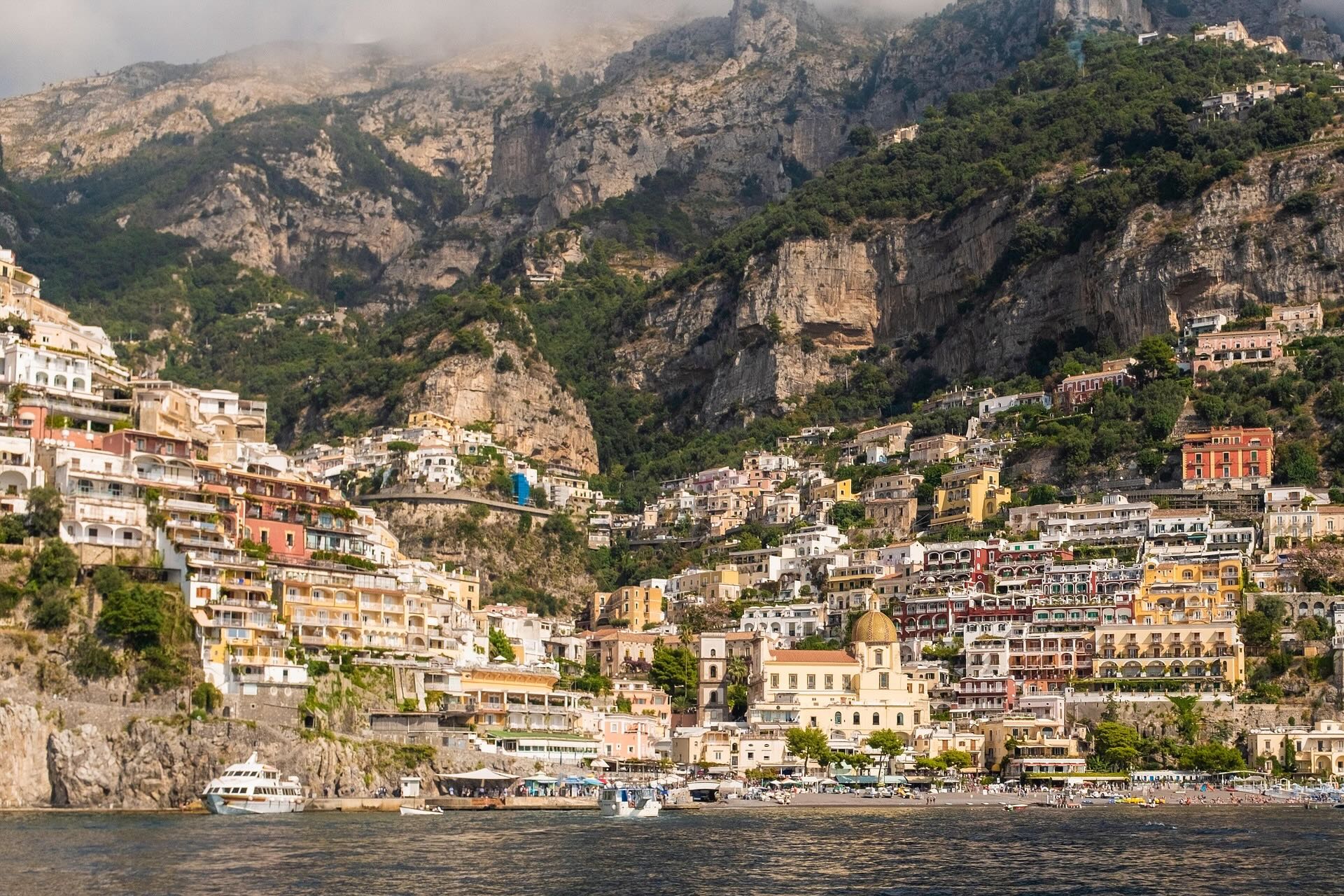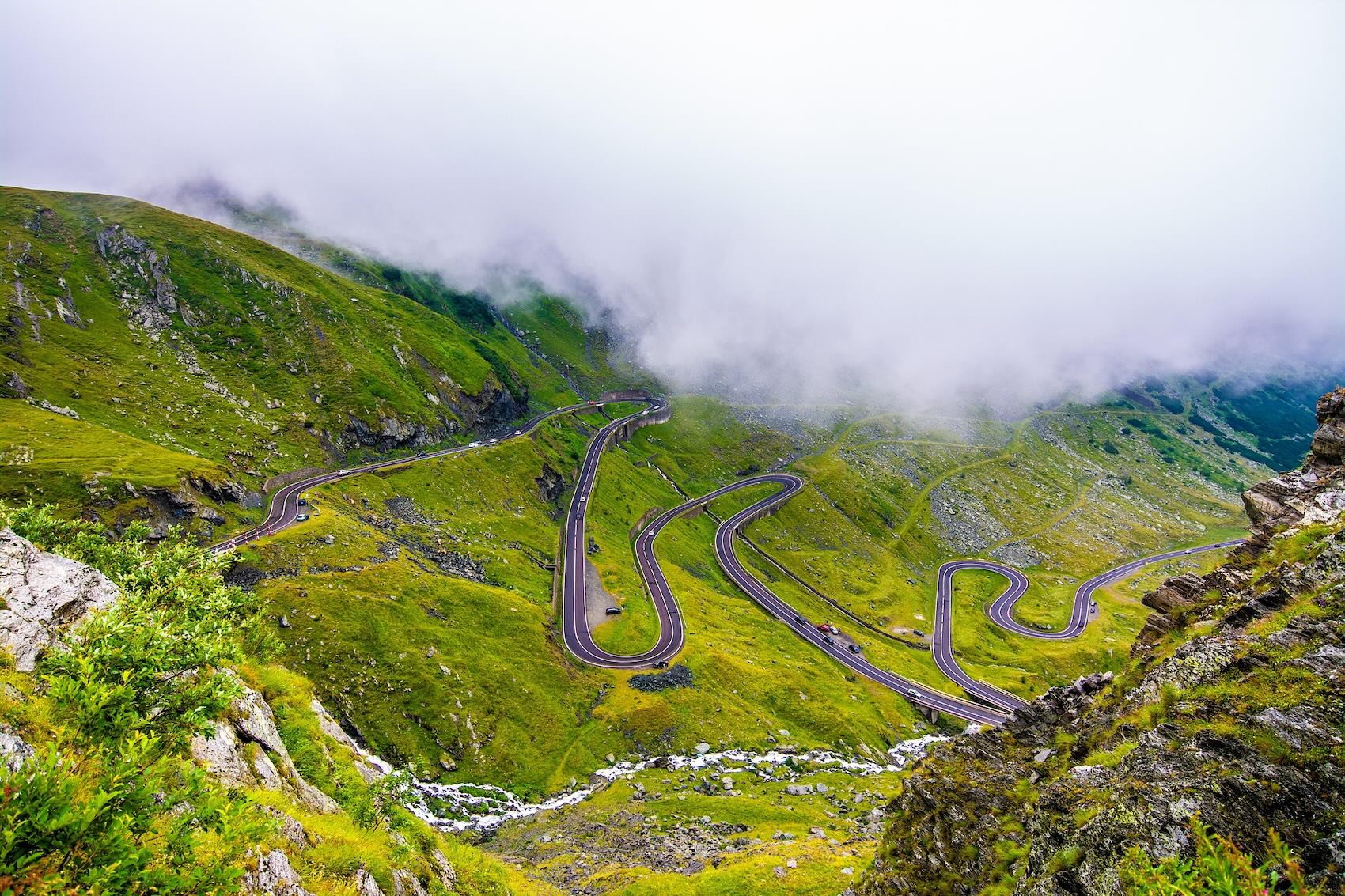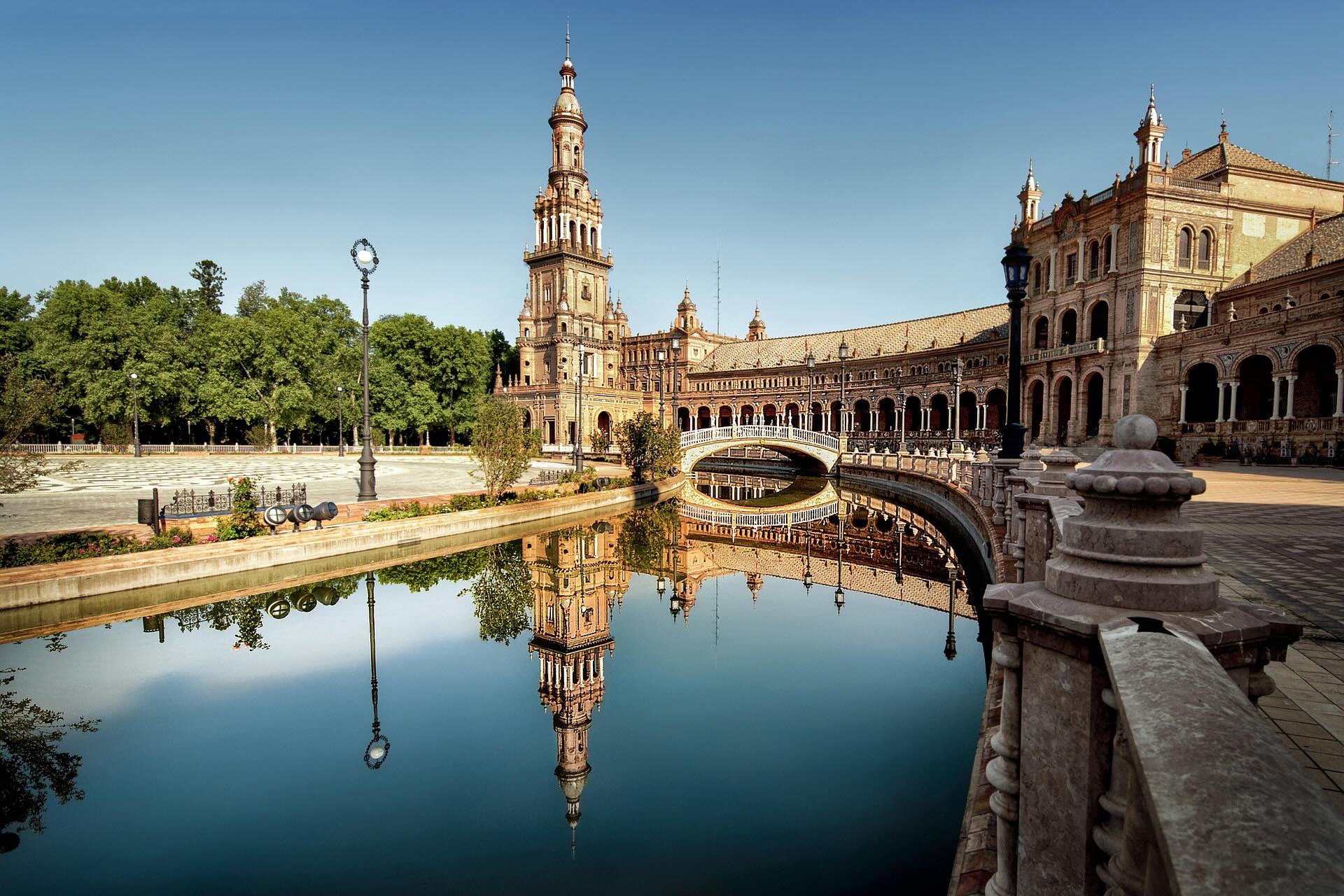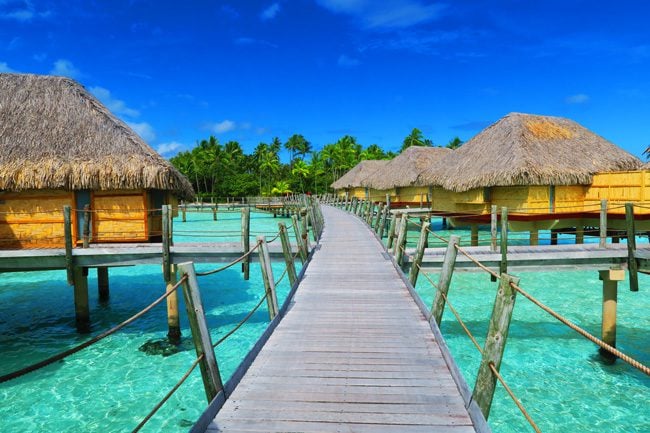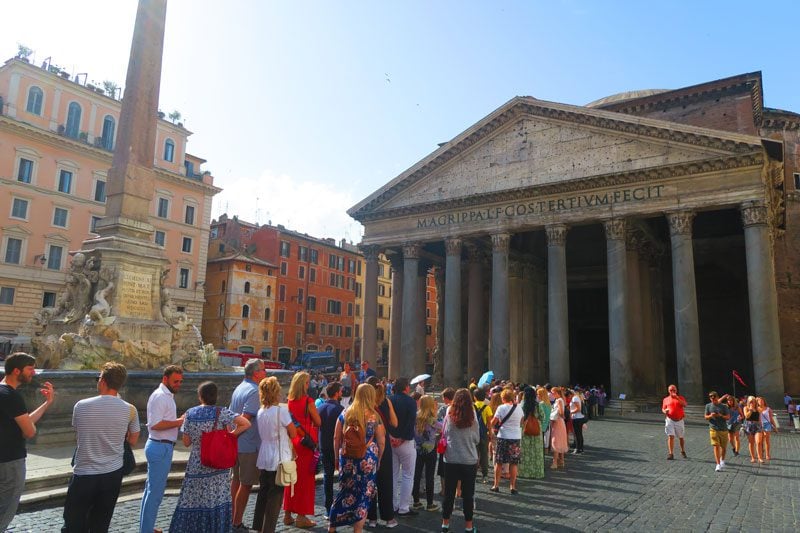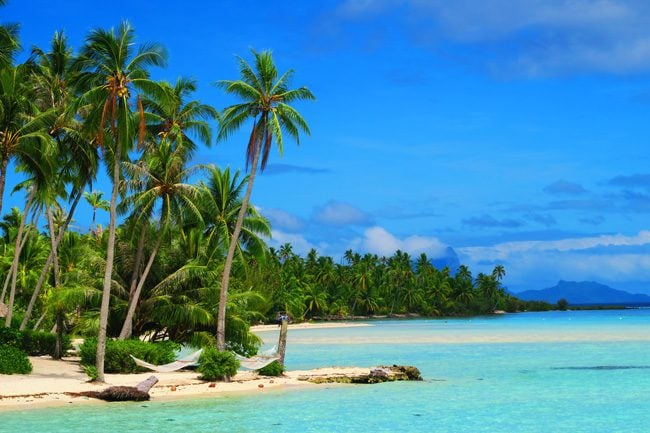3 Days In Zion National Park Itinerary
A three-day visit to Zion National Park unlocks the opportunity to cover Zion’s top highlights and explore the scenic backcountry. In this sample itinerary, we’ll see how to spend three days in Zion National Park and how to best divide the time between sightseeing, hiking, and road-tripping.
Why Visit Zion National Park?
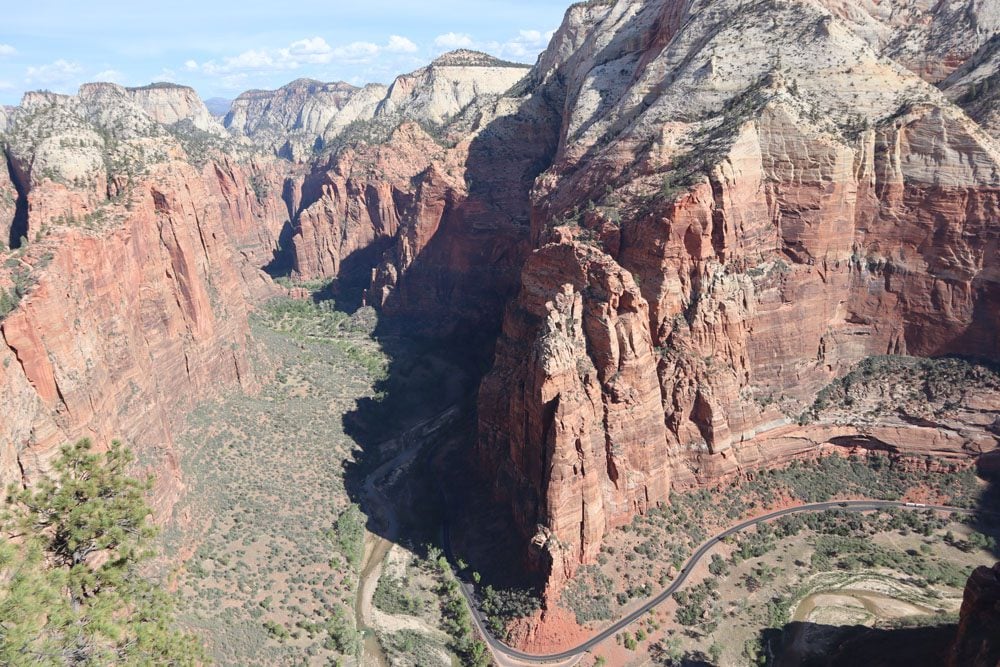
Marvel at Zion’s star attraction from magnificent vistas on the canyon floor and above. Its reddish sandstone walls tower beyond 2,500 feet above the Virgin River, eroded to perfection by nature’s finest artists.
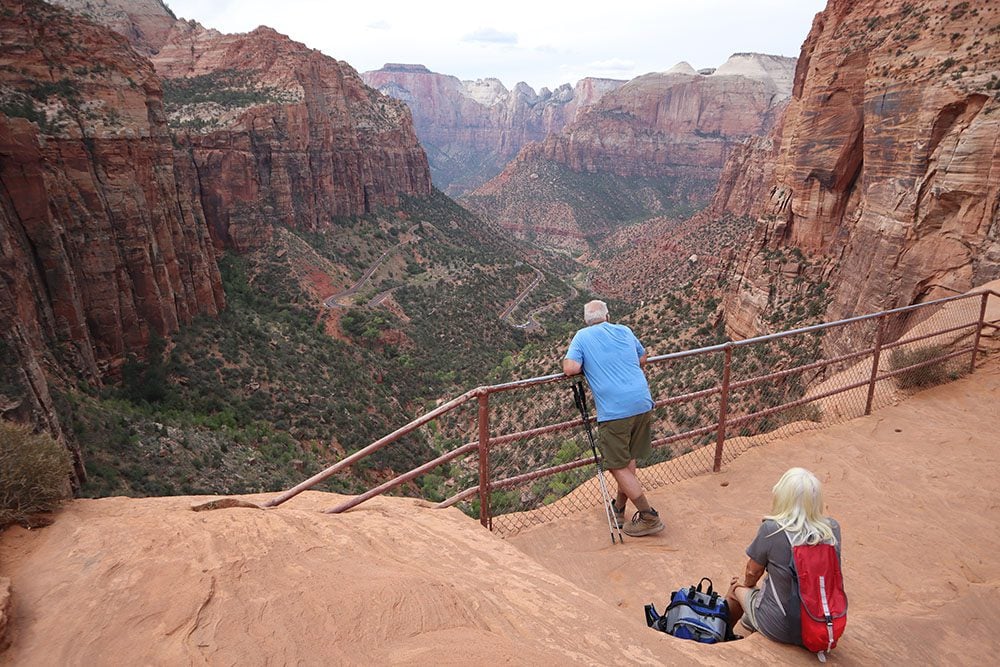
Zion is relatively compact compared to other national parks. It also offers many opportunities for every visitor type to enjoy the incredible natural beauty.
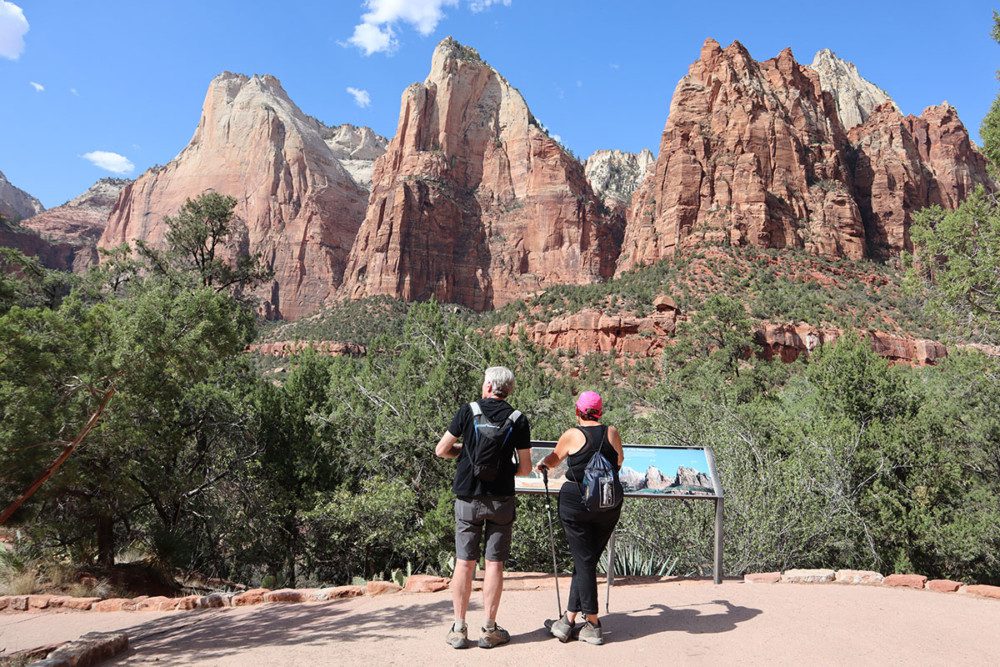
From the famous Zion Narrows to breathtaking Angel’s Landing, Zion offers plenty of ways to explore its beauty on foot, with easy trails on the canyon floor and challenging hikes to its rim.
This sample itinerary includes three sections:
- Day 1: Zion Canyon Scenic Drive
- Day 2: Angel’s Landing & Zion-Mount Carmel Scenic Drive
- Day 3: Kolob Terrace Scenic Drive or Kolob Canyons
Additional Resources
Check out the Zion National Park travel guide collection for additional information, including essential Zion planning tips, the best hikes, and top things to do. Additional Southern Utah guides are also available to create a memorable road trip in one of America’s prettiest corners.
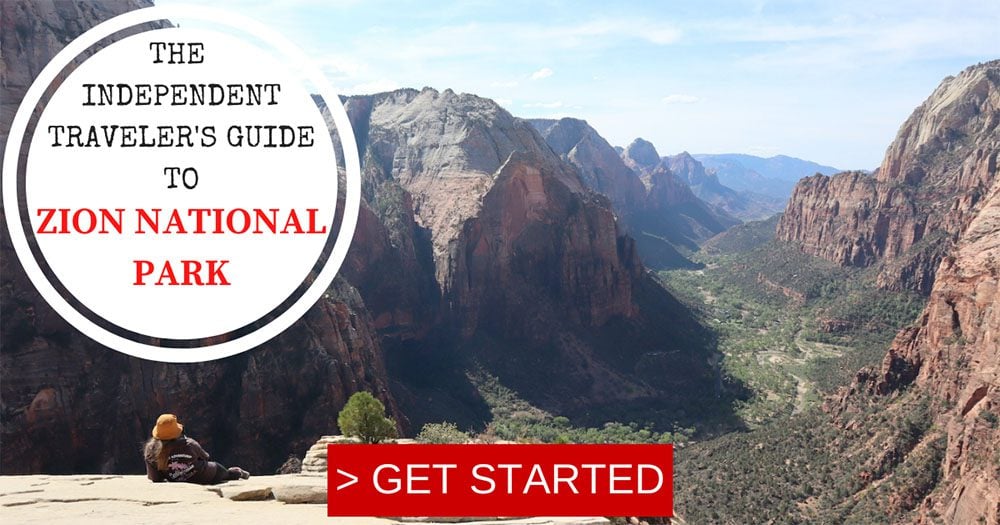
Three Days in Zion National Park Map
Find all of the places mentioned in this three-day Zion itinerary on the companion map. Simply click on the image to open it in Google Maps.
Zion NP Travel Guide Video
Featuring Zion Canyon’s top sites, get to know the national park with this travel guide video.
Where to Stay?
On this three-day visit to Zion National Park, you’ll need to spend at least two nights in or close to Zion Canyon. Spend the next night in or near your next stop. Here’s a rundown of the best Zion Canyon accommodation options.
Inside the park: the Zion Lodge is the only place to stay inside Zion Canyon. Even during shuttle season, when cars cannot drive on Zion Canyon Scenic Drive, lodge guests receive a special pass and can park their car at the lodge.
Outside the park: sleeping in Springdale is the most convenient option if not staying at the Zion Lodge. The park’s free shuttle operates a dedicated line that travels between the edge of Springdale and the visitor center. Though accommodation prices are slightly higher, using the free shuttle eliminates paying for parking. Beyond Springdale, the best options are at La Verkin and Hurricane. Both towns are only about 30 minutes away from Zion Canyon.
Camping: the Watchman and South Campgrounds are Zion Canyon’s campsites. A third campsite is at distant Lava Point along Kolob Terrace Road (see day three itinerary).
Here are all the Zion National Park region accommodation options that can be booked online via Booking.com.
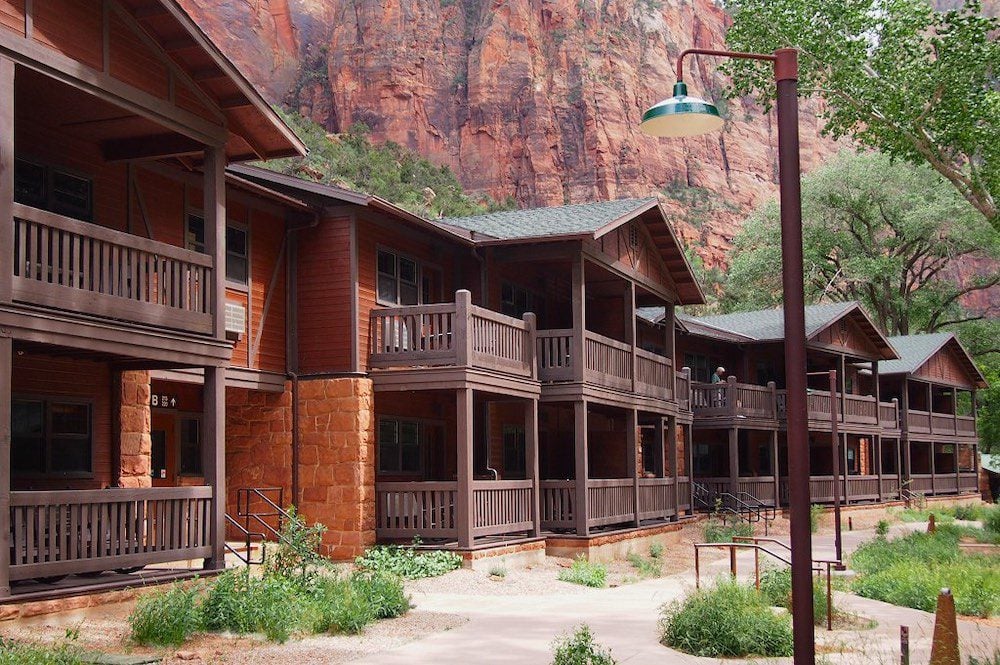
Day 1: Zion Canyon Scenic Drive
Spend the first day driving the length of Zion Canyon using the free park shuttles. Start at the very last stop in the Temple of Sinawava to pick up the start of the Riverside Walk. This easy hike runs parallel to the Virgin River, and it’s enjoyable even if the sun has yet to rise above the canyon walls fully. The Riverside Hike ends where the Narrows begin; one of the best hikes in Zion National Park. Hiking the Narrows requires renting appropriate gear.
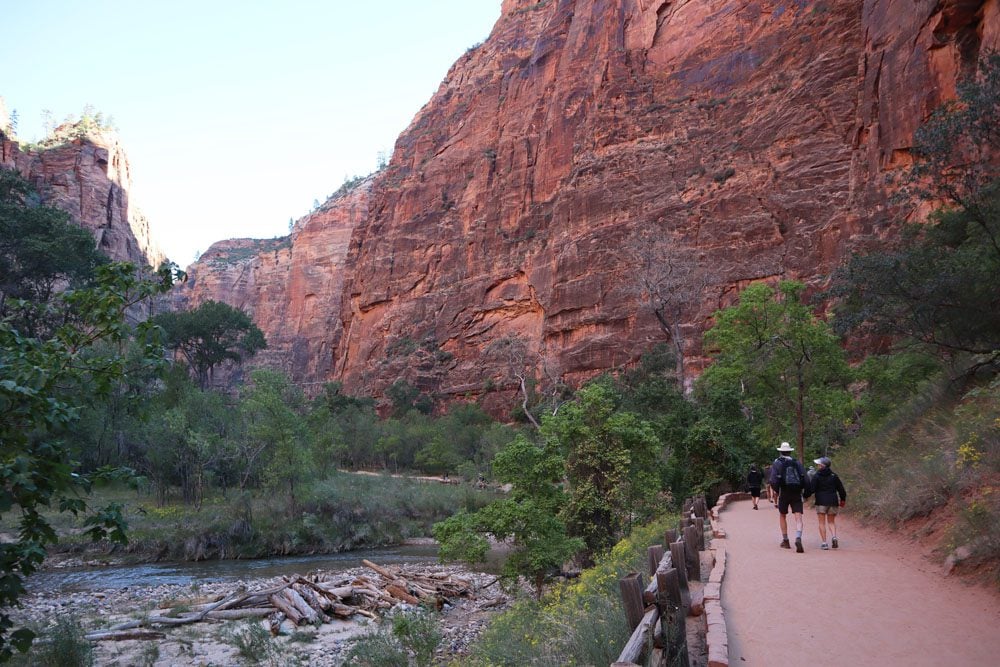
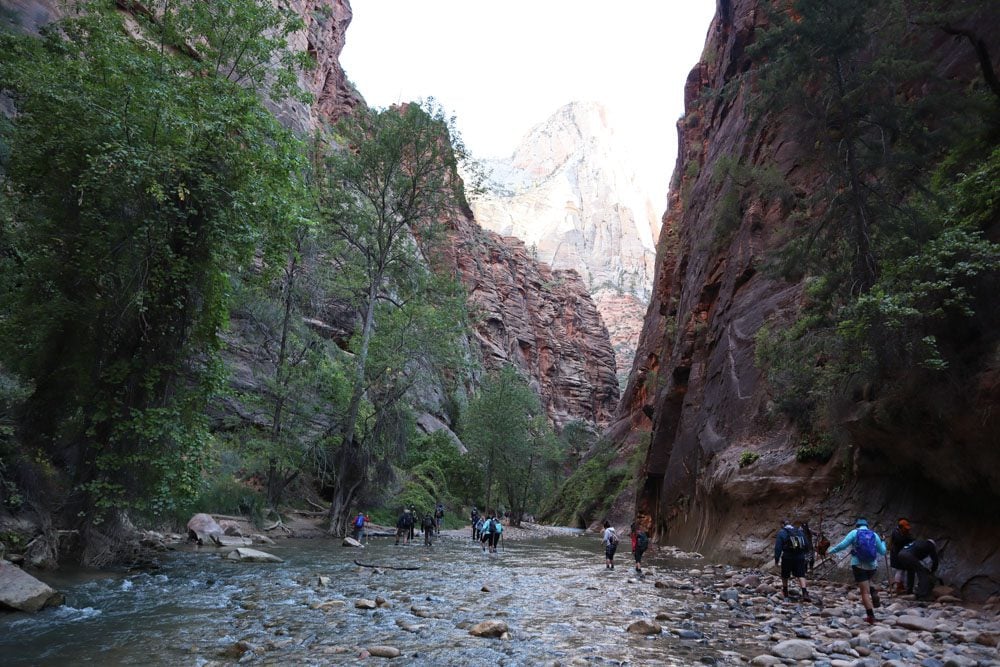
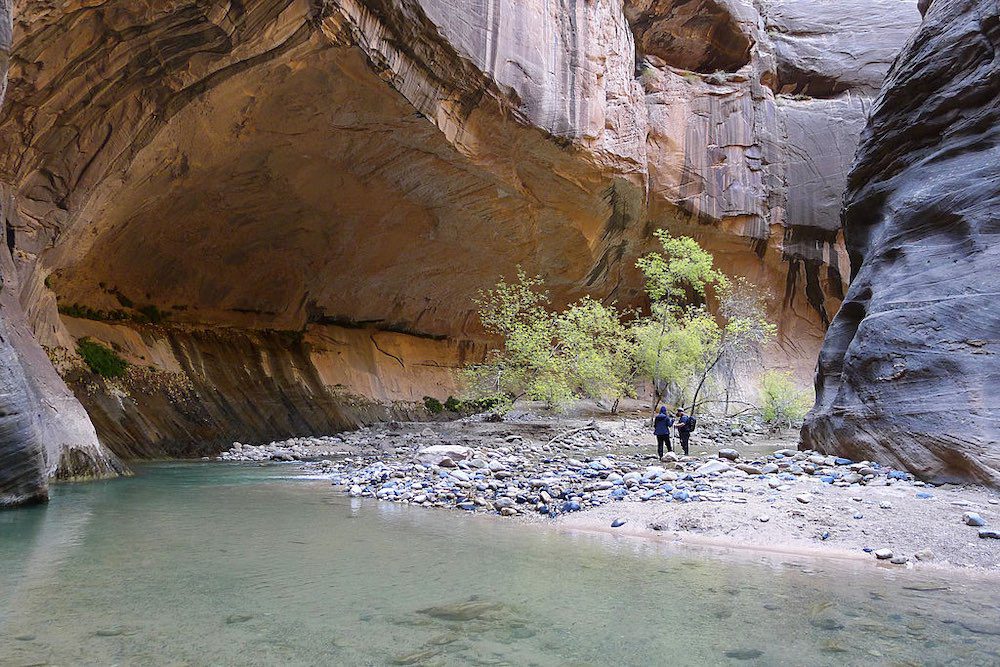
Back on the shuttle, get off at Big Bend and see the Organ, the Great White Throne, and Angel’s Landing in a single frame. If the Weeping Rock trail is open, walk from Big Bend or take the shuttle to see this cavity in the rockface.
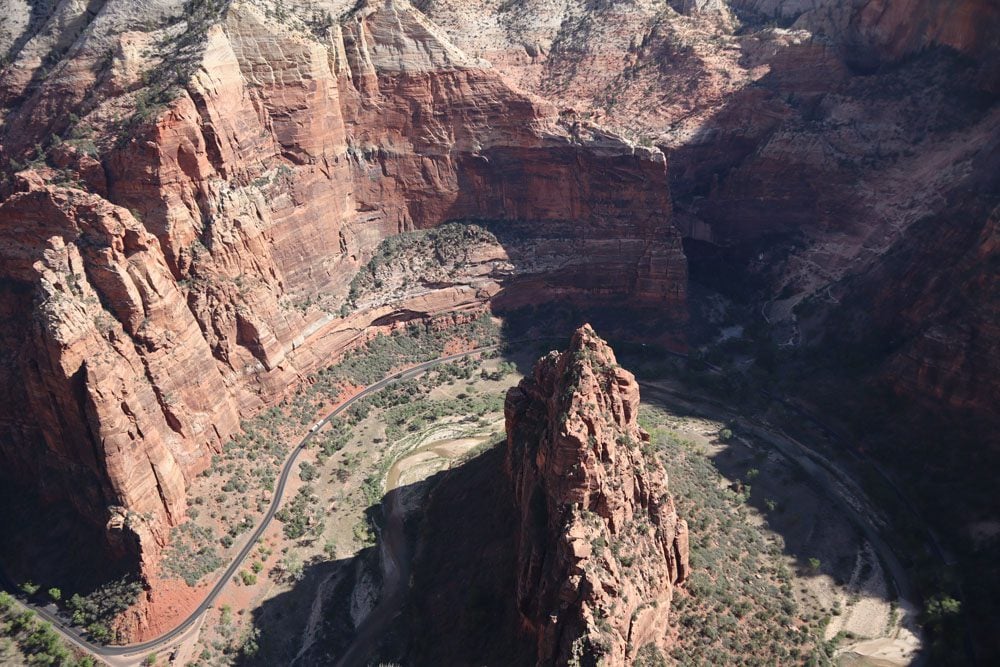
Take the shuttle to the Grotto stop, where you can ditch the bus and walk to the next stop on the Grotto Trail to Zion Lodge. Take a break at Zion Lodge and then cross the road to hike to the Emerald Pools, another popular Zion hike. The trail leads to three oasis-like natural pools, but the Lower and Upper Emerald Pools are the most impressive.
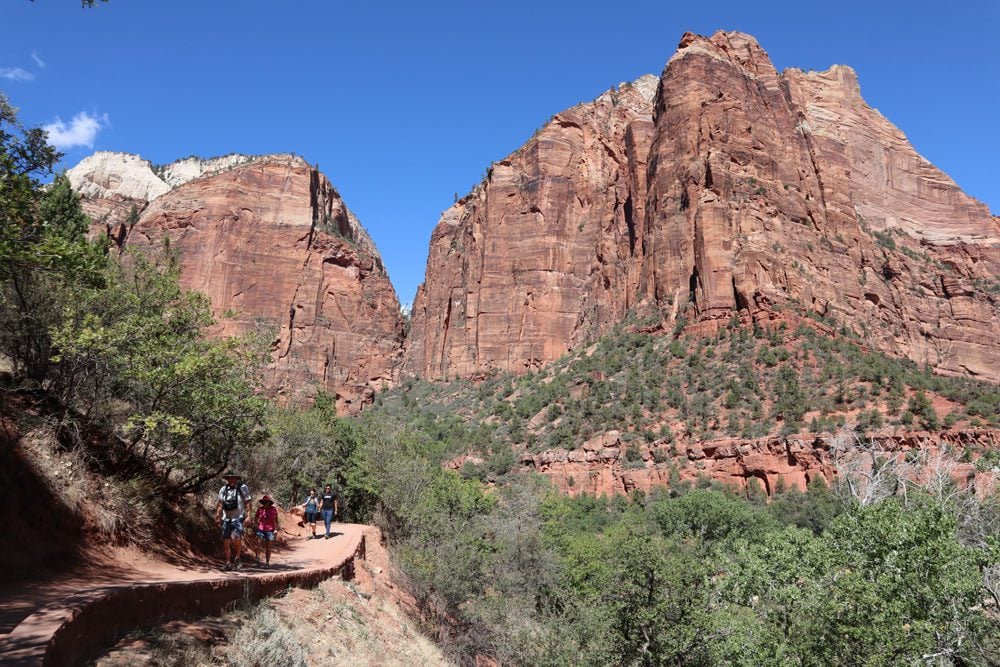
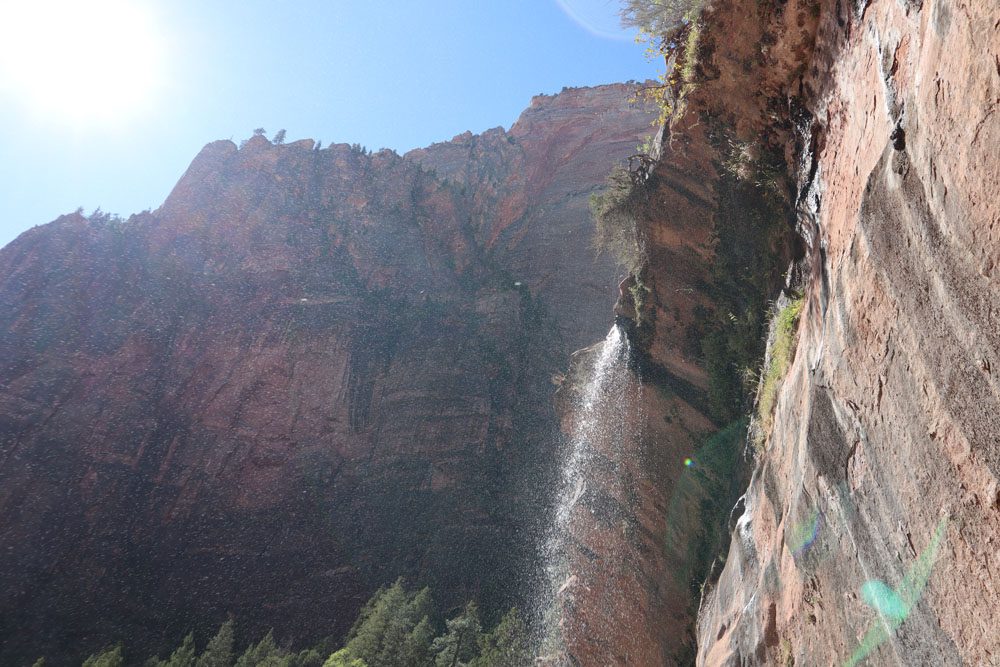
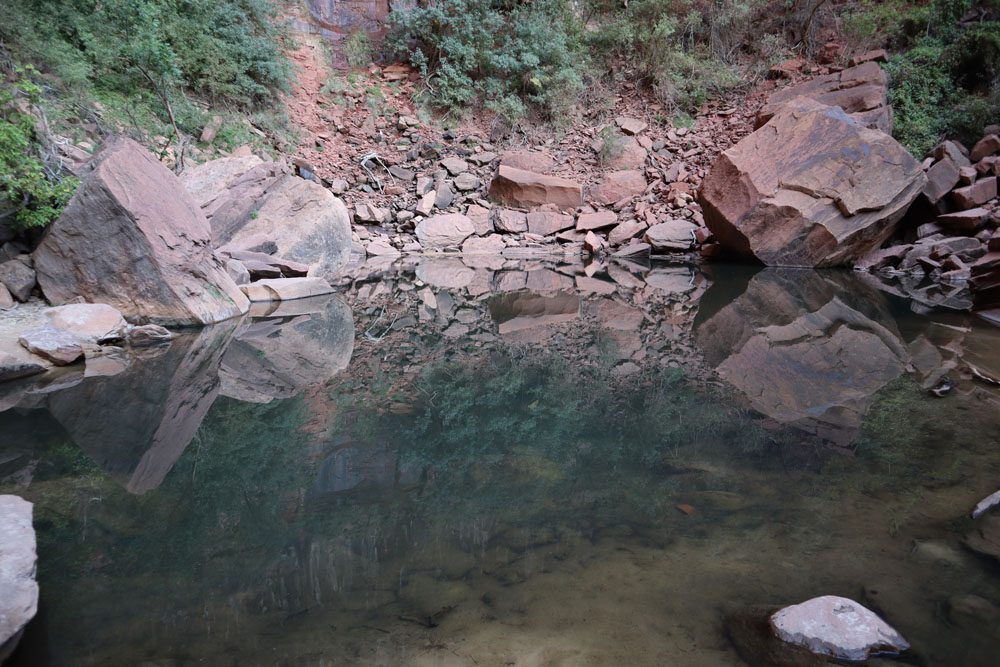
Back at the Zion Lodge stop, it’s time for a picnic lunch on the shaded lawn. There’s also a restaurant if you fancy a sit-down meal and a cafeteria if you want to buy something. After the break, head to the Court of the Patriarchs and say hello to Abraham, Isaac, and Jacob, three of the canyon’s most iconic peaks.
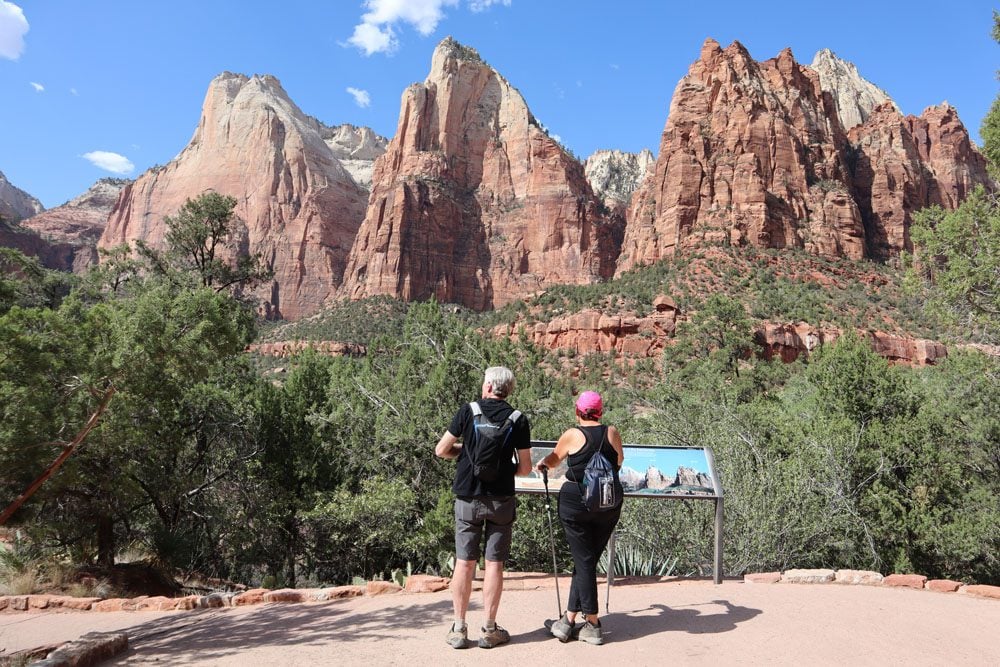
Head to the visitor center and pick up the Watchman Trail to wrap up this busy day. This hike leads to a scenic overlook above the lower part of the canyon. There are some switchbacks to overcome on the climb, but the views are worth the effort.
See this first-day itinerary in greater detail, including dinner recommendations, on this page.
